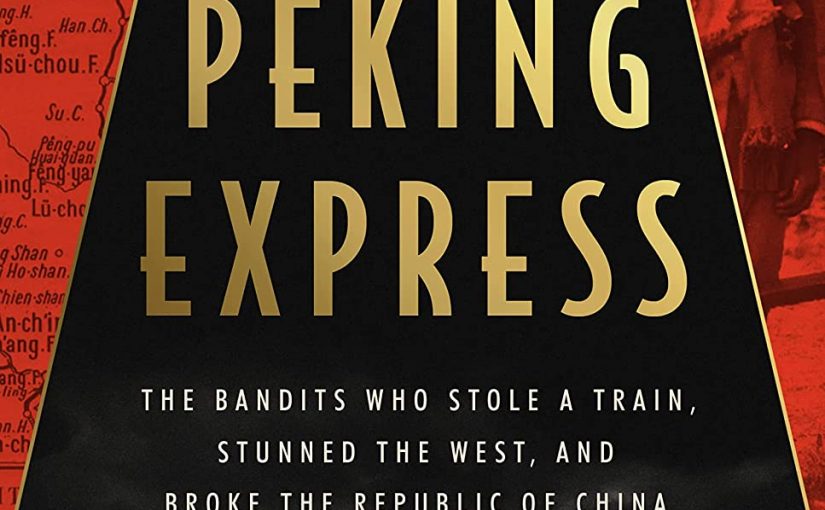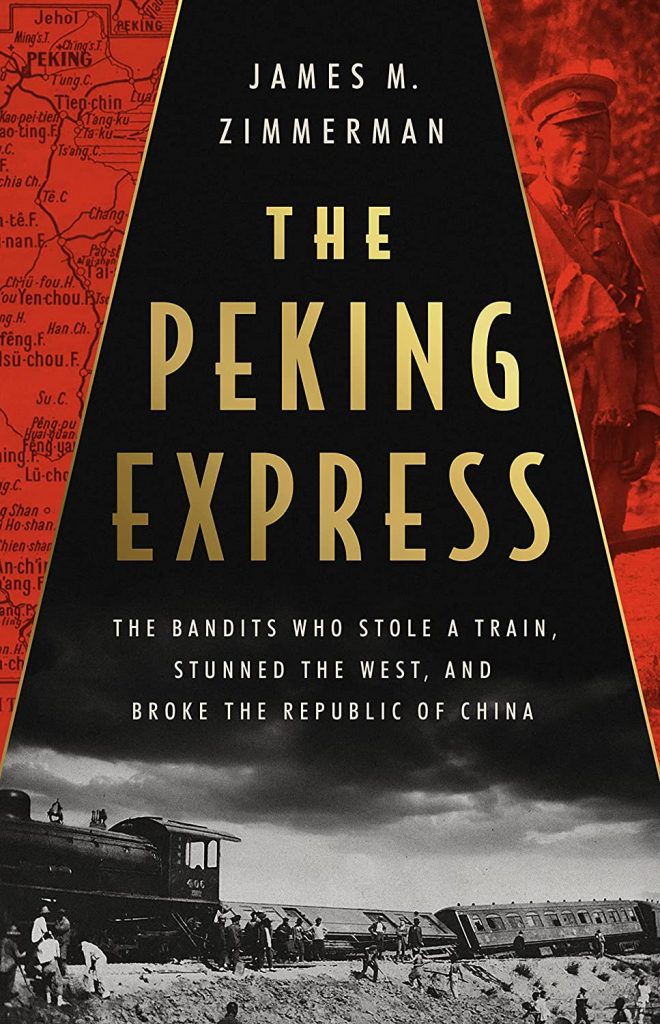The story of express train abducted in Shandong province by local gangsters in the 1920s was the base for World famous 1932 Hollywood movie “Shanghai Express”. James Zimmerman’s “The Peking Express” is the true story of this incident and its consequences in China and beyond.
Although the whole journey was called the Pekin Express, the actual line ran only from Pukou (today part of Nanjing) to Tientsin (today Tianjin). Passengers from Shanghai would take a train from Shanghai Station (Today Shanghai railway station) for a few hours to Nanjing, and then cross the Yangze river on boats (the first bridge over the river lower was only built in 1968). After desembarking in Pukow, they would get into the train heading to Tsientsin (today Tianjin). In late 1922, the train was equiped with new luxury sleeping carriages, allowing an overnight journey of only 38 hours from Shanghai to Beijing, over 1435 kms through Zhejiang, Shandong and Henan Provinces.
Foreign hostages of the high luxury train counted several known figures in Shanghai including editor of Shanghai Weekly review JB Powell, as well a China press report Larry (Llyod) Lehrbas. Businessmen included Leon Friedman one of the leading car dealers in Shanghai, Lee Solomon the leading mahjong sets exporter to the West and Giuseppe D. Musso, an Italian lawyer wellknown in the community. Passengers included (wealthy) tourists, such Lucy Aldrich, sister in law of the Rockefeller family, as well as two US Army majors and their families and a number of interesting characters. They also included Marcel Berubé, a French man working for the Chinese Salt Administration in Tianjin.
Local bandits organised the train derailment in the early hours of th 6th May 1923. After having stolen all passengers properties and train amenities, they took the passengers hostage, trying the get concessions from the regional and national government. Although there was more than 100 hostages, the story focuses on the 28 foreigners who were travelling in first class, along with 2 Chinese citizens that staid with them. The book tells the story of the robbery, the captivity of the hostages as well as the escape of some of them. It also tell about the supporting effort, notably by the Shanghai foreign community, lead by Carl Crow and the mediation efforts until the release of the last prisoners about a month later.
James Zimmerman has lived in Beijing for 30 years, and has done an amazing research in the topic. Many of the hostages wrote notes about their captivity, sometimes publishing books or articles. Zimmerman has definitely read most of those books as well as been in touch with many families of the hostages, findind resources that had not been used before. The whole incident is told in great details, with recurring quotations from all the journals writen by the hostages. The information content is very dense, but using the voices and quotation from the actual people make the book an easy read. James Zimmerman has also explored the area where the whole incident took place in Shandong province and gives a lot of important information about the location and landscape of the area. This makes the book an easy read, as well as a strong source of information for people knowledgeable about Old Shanghai.

